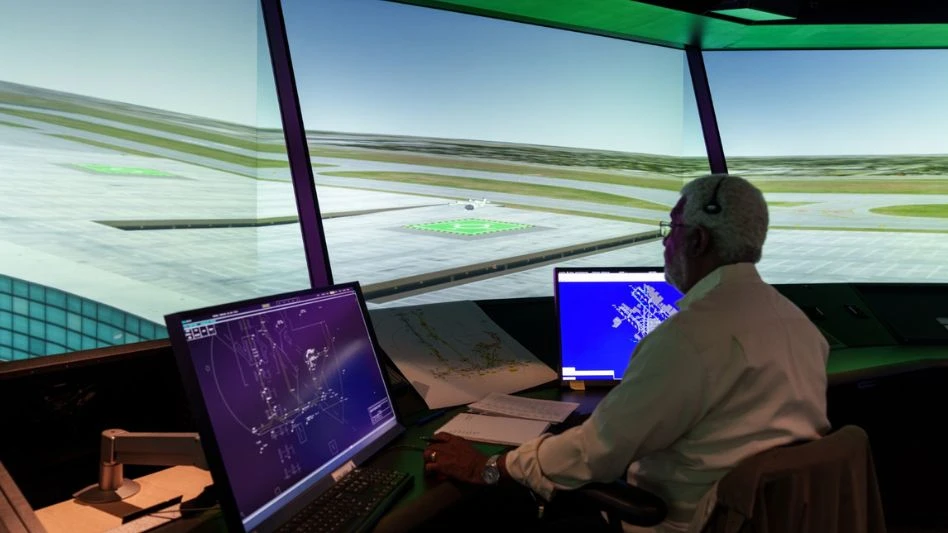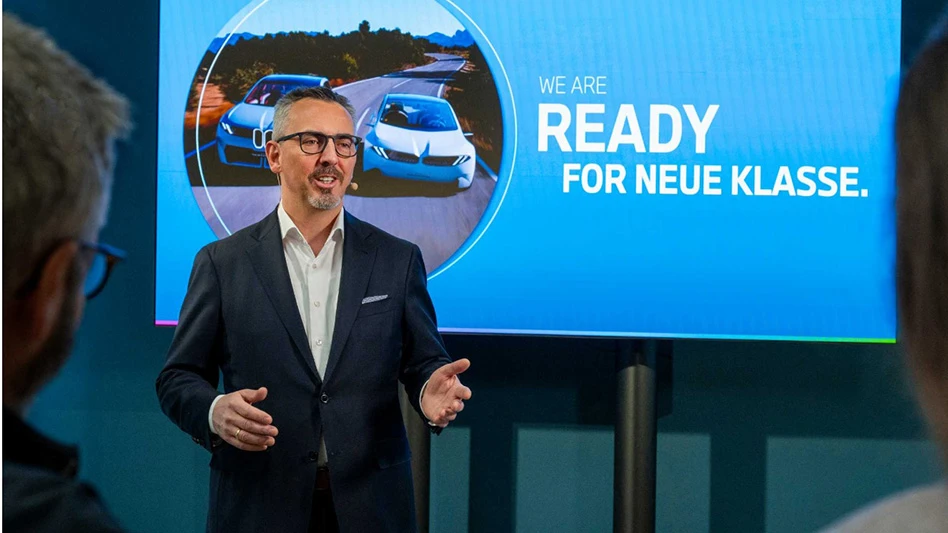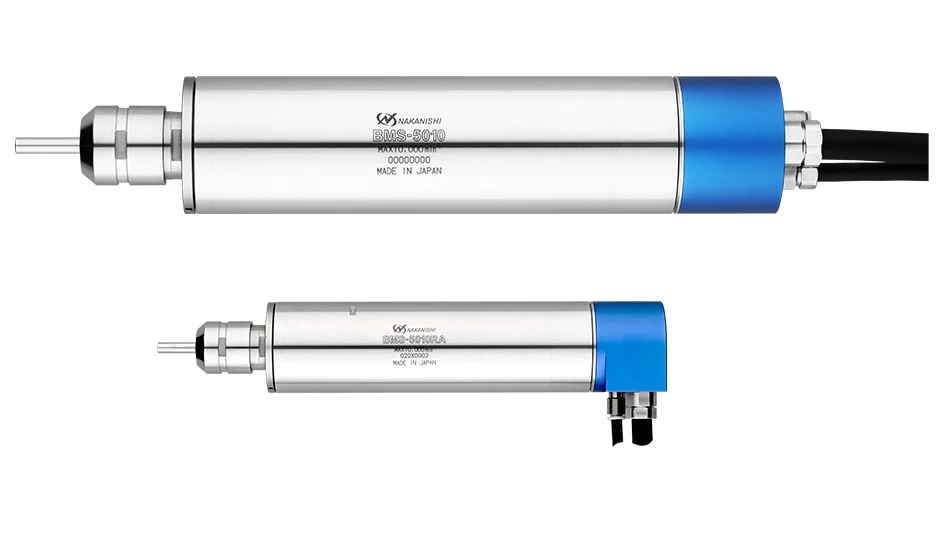
Photo courtesy of Joby Aviation
Joby Aviation, a company developing electric vertical take-off and landing (eVTOL) aircraft for commercial passenger service, announced it has successfully completed a series of air traffic simulations with NASA’s Ames Research Center that evaluated how air taxi operations can be integrated into today’s airspace, including at busy airports, using existing air traffic control (ATC) tools and procedures.
The simulations, jointly developed by Joby and NASA airspace engineers following a multi-year airspace study, tested scenarios with dozens of eVTOL aircraft per hour flying into and out of the complex, busy airspace in the Dallas-Fort Worth (DFW) region using today’s airspace system.
The activity took place at NASA’s Future Flight Central, a high-fidelity virtual tower facility offering a 360-degree view of a real-time simulation of an airport, where a team of NASA and Joby engineers, as well as pilots and air traffic controllers, simulated traffic patterns at Dallas Love Field (DAL) and DFW airports, representative of complex and busy airspace.
During the simulation, participating teams of controllers virtually tested the ability to integrate up to 120 eVTOL operations – arrivals or departures – per hour from DFW’s Central Terminal Area, alongside the airport’s existing traffic. Up to 45 simulated eVTOL aircraft were simultaneously aloft in DFW’s Class B airspace during the activity.
Latest from EV Design & Manufacturing
- Streamline First Article Inspection with time-saving tool
- Renault Group releases patent for EV battery fire extinguishing tool to automotive industry
- Knowledge is Power When the Power Goes Out
- Autel Energy debuts new electric vehicle charger series
- The Okuma MF-46VA Spec 48: Built for Any Industry
- Open Possibilities for EV Manufacturing, 5 Axes at a Time
- Workholding Roundtable with SCHUNK, EMUGE FRANKEN USA, and SMW Autoblok
- Mercedes-Benz begins road tests of first solid-state battery-powered electric vehicle





